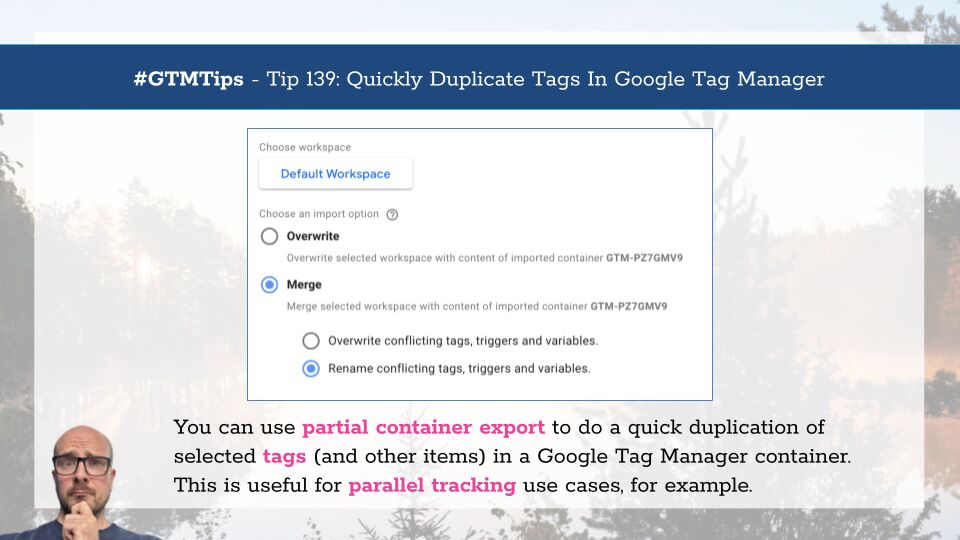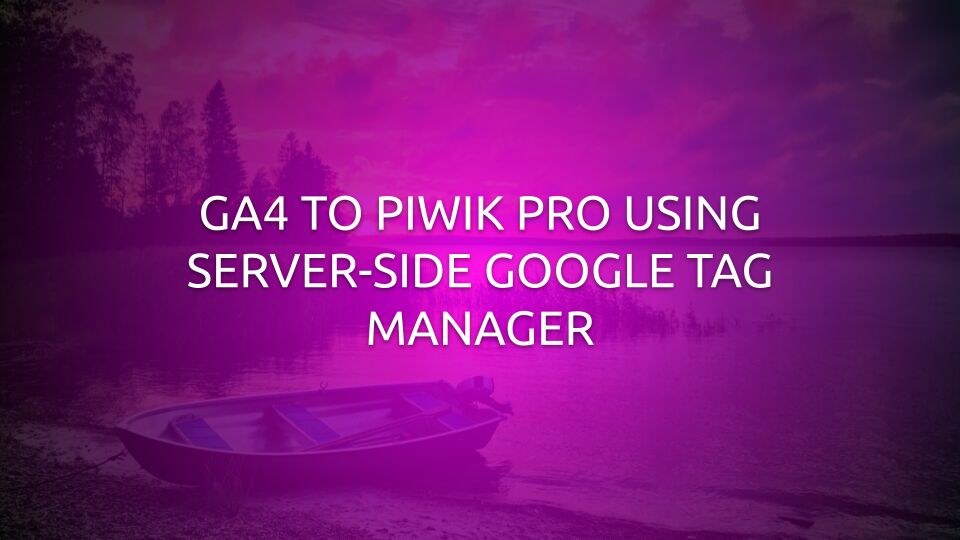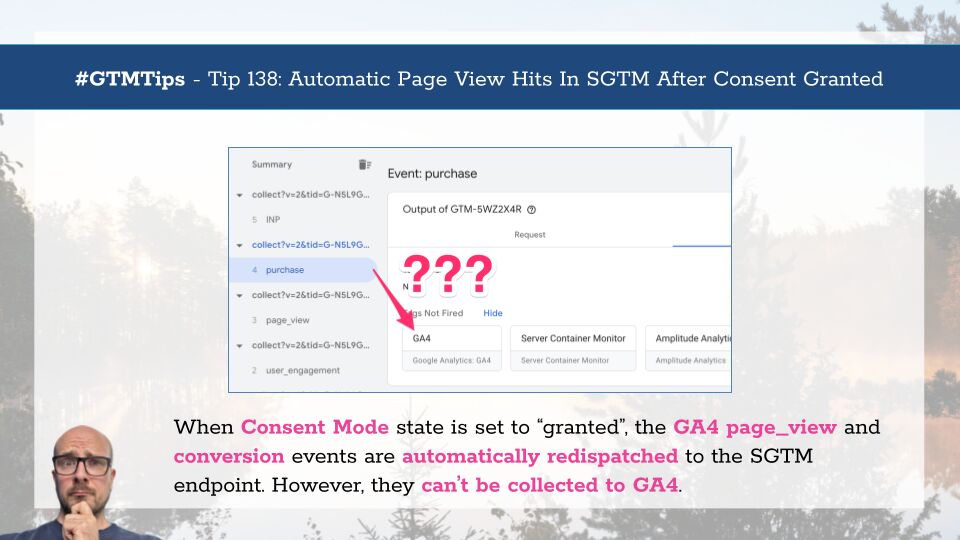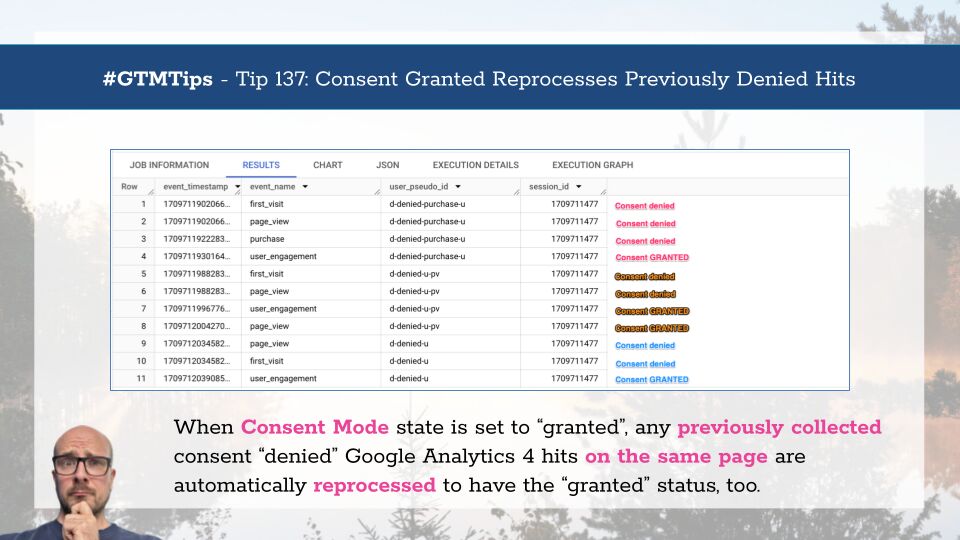There are many reasons why you might want to duplicate your tags (or triggers, or variables, or templates) in Google Tag Manager.
One prime example is server-side tagging, where it’s sensible to first build and validate your tracking setup before migrating fully to a server-side approach.
Alternatively, you might want to collect analytics data to a second property, for example when you want to have a local and a global dataset for site visit data.







